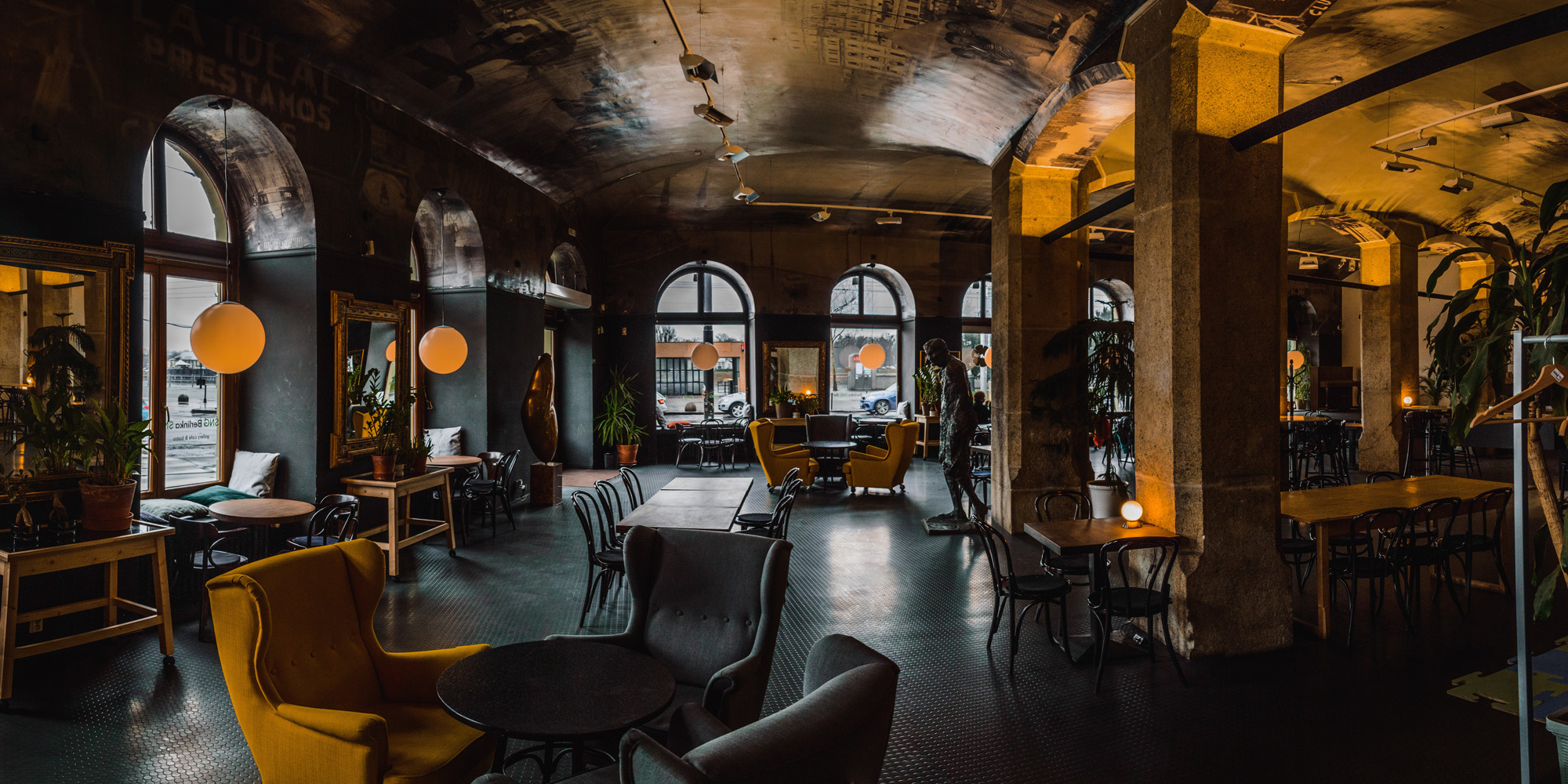
Why is Brand Environment important?
A brand environment can be a crucial touchpoint in your brand experience. A brand environment extends the brand experience using distinguishing characteristics such as names, symbols, and designs to create interior or exterior physical settings. The tangible expression of a touchpoint is embodied better in its physical environment where customers encounter them. The physical brand environment is through architecture, interiors, lighting, graphics in spaces such as an airport lounge, corporate headquarters, retail outlet, showroom, trade-fair booths or office environments.
Your brand promises or collects perceptions and emotions in the customers’ minds that add value and influence their choices. Strong brands are consistent, knowledgeable about their audience, provide unique and memorable experiences, and instil positive emotions in the audiences’ minds. Your brand team will deliver your strategy via designed, developed, and structured ideas that will be experienced in various media and forms.
These brand touch points can be a website, a piece of printed collateral, a television commercial, an event or experience, or any other form of communication. These are all relevant and practical methods of connecting to target audiences. But your brand environment has the potential to create a long-lasting impression in the minds of your target audiences during their brand encounter. For example, retail brands like Lego and Marks and Spencer provide a visual brand environment where the customers can experience their products.

Where should I start with a Brand Environment?
There are many ways to approach a new environmental branding project but making it both impactful and lasting is crucial. Your brand environment should tell your brand’s story and reiterate what you stand for. Tactfully blending space planning and interior design with your brand strategy creates a visual uniqueness that provides a different consumer experience when they interact with the location. An accurate and authentic translation of your brand strategy helps convey the brand through the whole brand experience. Brilliant execution of the brand environment helps to create an emotional connection with the brand. For example, in London, Disneyland or Apple provides a unique consumer experience with their cleverly executed physical brand environment. Poor execution of the brand environment can result in brand confusion and dissonance.
Does your environment reflect your Corporate Culture?
Your brand’s attributes help to form a functional solid, and emotional association with your consumers. Tangible visual aspects can include elements that help the consumers connect with nature, such as abstract architectural patterns or organic materials incorporated throughout the company’s interior. Non-tangible attributes like “honesty and transparency” can be communicated via design features like open spaces and vision glass. Purely focusing on external appearance can result in a mismatch if it fails to correlate with the organisational culture and internal environment. For example, your employees are your most prominent brand evangelists and can be the first point of contact for your customers. Imagining an environment that embodies the company’s values helps to set the stage for employee communication.

Benefits of Brand Environment
Brand Environment can be much more than a massive logo on the wall. The three benefits of a brand environment are:
- Inform – Getting people to understand your brand, guide people to their desired place, and show them how to engage with you.
- Engage –Building emotional affinity for the brand through messaging, digital experiences, and space design aligns with the brand essence. Brand environments can be very effective in attracting and retaining top talent for your company. Especially in corporate offices, employees place a lot of value on the character of the space they work with. Introducing inspiring and energising visuals that communicate your brand helps the staff feel that they are meaningful.
- Inspire – Encouraging people to take action, whether interacting with a digital kiosk, talking with someone, picking up collateral to take home, or sharing the experience with friends.
Be it a retail store, hotel, restaurant, company headquarters or local office, brand environments combine architecture, interior design, graphic design, technology and features to create a holistic user experience. At a minimum, all brand environments should provide a clear route for accomplishing a set of tasks or intuitively moving people through space. But a truly unique setting – the kind that can make a lasting emotional connection – can simultaneously accomplish all three of these goals.

Insights & Strategy
Strategy is a forward-looking plan for your brand’s behaviour.

Content
Content helps your company to have unique communication.

Experience Design
UI/UX design gives the appearance above your brand’s behaviour.

Advertising & Scale
Advertising and scale help to have a unique plan for your brand’s life.








